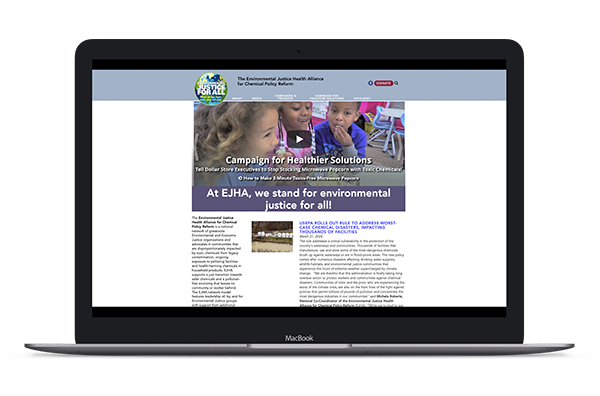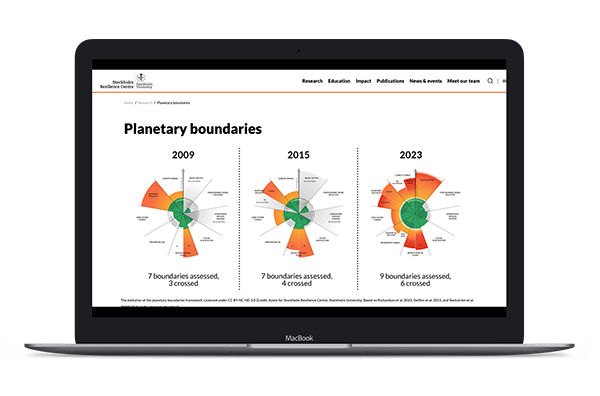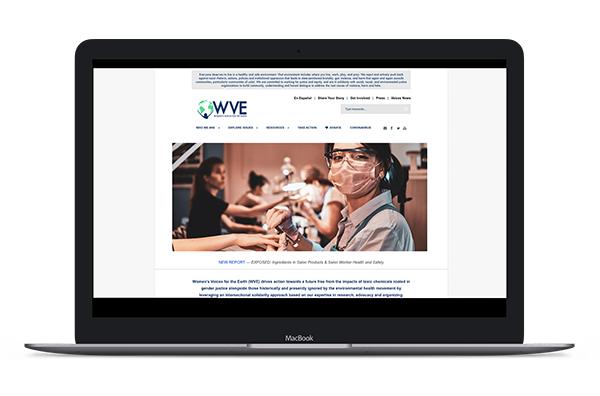 Policy Brief + Recommendations
Policy Brief + RecommendationsSafer States is a national alliance of environmental health groups led by state-based organizations working towards a healthier and more just future.
By addressing critical issues such as toxic chemicals, plastics, and climate change, Safer States empowers collective action through its extensive network and capacity-building initiatives. The organization’s resources focus on ensuring clean air and water, holding polluters accountable, and promoting the development of safer consumer products. Safer States offers valuable tools and support for creating safer solutions for human health and the environment, including a bill tracker that identifies state policies that move the needle toward achieving a healthier world.

This episode featured Teresa McGrath, the Chief Research Officer for Habitable.
She digs into the environmental implications of paint components and offers scientific insights on sustainable alternatives. Some of her suggestions are even trending—popular wall treatments such as Limewash and Roman clay are healthier alternatives.


Habitable’s report, “Advancing Health and Equity through Better Building Products,” reveals the current state of building materials used, with nearly 70% of typical products in the categories analyzed containing or relying on the most hazardous chemicals.
The results, based on data for Minnesota affordable housing, are consistent with products used in other building types and geographic regions. The report highlights examples of leaders within and beyond Minnesota’s built environment who are already taking action toward safer material choices. It also provides guidance on how the real estate industry can begin working toward a healthier future by “stepping up from red-ranked products”—the most polluting and harmful throughout their life cycle based on Habitable’s research and Informed™ product guidance.
A path towards planetary health is more urgently needed now than ever, but our current materials economy creates rampant pollution, climate change, and growing inequity. Shifting from harmful practices to healthful solutions will require cross-sector partnerships, holistic thinking, and exciting new approaches that reduce the burden of industry on people and our planet.
Watch Habitable’s special Earth Month webinar featuring leading global voices, including:
- Dr. Bethanie Carney-Almroth
- Dr. Veena Singla
- Martha Lewis
Moderated by Gina Ciganik, CEO of Habitable

NBC’s Cynthia McFadden interviews an expert from Toxic Free Future about their recent report revealing that over 36 million pounds of vinyl chloride are transported daily on more than 200 rail cars, highlighting the risks similar to those seen in the East Palestine train derailment.
The Coalition to Prevent Chemical Disasters offers an up-to-date map and incident database tracking hazardous chemical incidents since January 2021.

The Environmental Justice Health Alliance for Chemical Policy Reform is a national network of grassroots organizations advocating for safer chemicals and a pollution-free economy, focusing on communities disproportionately impacted by toxic chemicals and pollution.

This website explores the concept of planetary boundaries, a framework of nine key Earth system processes that humanity must stay within to ensure long-term sustainability and avoid irreversible environmental harm.

Women’s Voices for the Earth (WVE) advocates for a future free from the impacts of toxic chemicals with a focus on gender justice and intersectional solidarity, using expertise in research, advocacy, and organizing.

This report provides information on PFAS, their widespread presence in US drinking water, associated health risks, and recommendations from the National Academies for clinical guidance and education on PFAS exposure.


 Health
Health Equity
Equity Pollution
Pollution